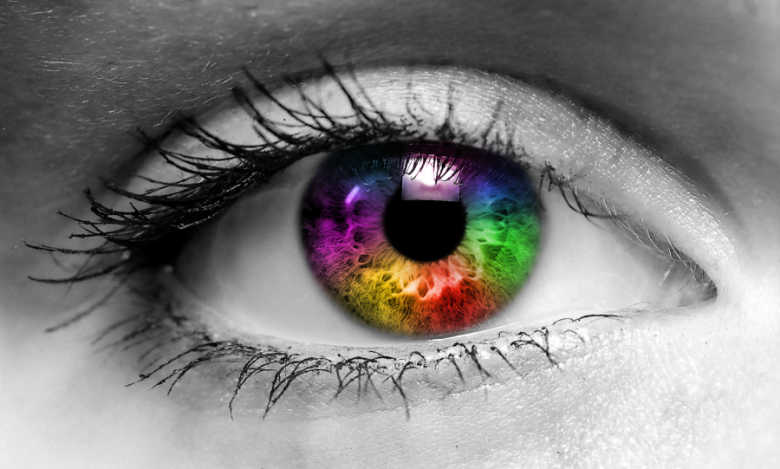To understand colour better, it is important to understand how our eyes and brain perceive colour. We see colour everywhere but how do our eyes translate it into an image?
WE SEE WAVELENGTHS
Wavelengths of light come from the sun and they come into contact with the Earth and objects that we see. These wavelengths are reflected back to our eyes at different frequencies. Some of the wavelengths that are reflected to the Earth are out of the range that our eyes can see.
For example – we cannot perceive radio waves, microwaves, x-rays or infrared waves.
OUR BRAIN CREATES THE COLOURS THAT WE SEE
When our eyes come into contact with waves of light from the sun, small photo-receptors called cones located at the back of our eyes interpret small, medium and long wavelengths and then translate them into values of red, green and blue or RGB.

This information is sent along the optic nerve into our brains as signals. As the cones are limited to the amount of colour information that they can process they translate the information received and combine the red, green and blue colours into different hues. Rod Cells or Rods interpret the lightness or darkness of the colours or the tone quality. Rods are concentrated at the outer edges of the retina and are used in peripheral vision.
These rods send the colour information along the same path to the brain. After the cones and rods send the data along the optic nerve, our brain combines the two sets of information into a seemingly continuous visual image making the colours that we see.
Similar posts that may interest you
Inspiration, colour selection for different backgrounds
What is the advantage of having a logo designed online?
Logo Design Process
Why it’s important to have a professional business image


